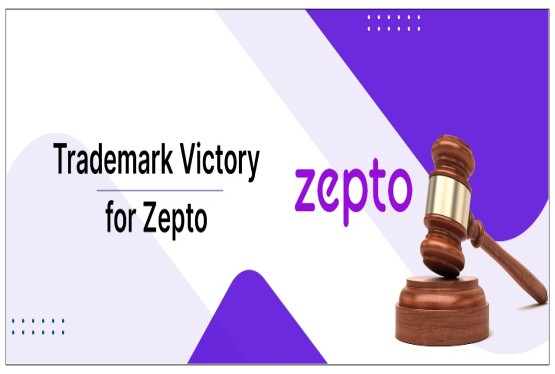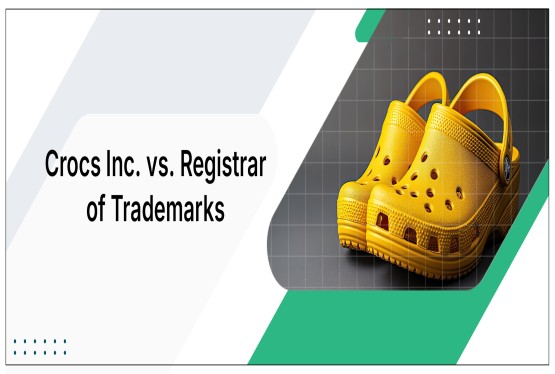Trademark registration involves several procedural stages to ensure that the applied mark complies with legal and procedural requirements. Among these stages, two critical milestones often raise questions for applicants: Formalities Chk Pass and Send to Vienna Codification. Understanding these terms and their roles in the trademark registration process is essential for applicants navigating the legal landscape.
What is a Formalities Chk Pass?
Formalities Chk Pass is the initial scrutiny stage of a trademark application. This step ensures that the application meets the prescribed formal requirements as per the Trademarks Act, 1999 and the Trademark Rules, 2017.
Key Aspects of Formalities Chk
1. Completeness of Application: The Registrar examines whether the application contains all mandatory details such as:
-
Applicant’s name and address.
-
Details of the trademark, including its description, class, and graphical Representation.
-
Filing of the prescribed fees.
2. Supporting Documents: Ensures the submission of required documents, including:
-
Power of Attorney (if filed through a trademark attorney).
-
Proof of prior use (if applicable).
-
Priority claim documents (in case of international filings).
3. Correctness of Details: Verifies the accuracy of the details provided, including:
-
Proper classification of goods or services.
-
Clarity in the description of the trademark.
Outcome of Formalities Chk
-
If the application satisfies the required conditions, it moves forward, and the status is updated as Formalities Chk Pass.
-
If deficiencies are found, the application status may change to Formalities Chk Fail, and a formalities Chk report is issued. The applicant must rectify the deficiencies within the stipulated timeframe to proceed.
What is Vienna Codification?
Vienna Codification is an international classification system used to categorize figurative elements of trademarks. Introduced under the Vienna Agreement Establishing an International Classification of the Figurative Elements of Marks, this system applies to trademarks containing visual elements, such as logos, symbols, or artistic designs.
Key Aspects of Vienna Codification
1. Applicability: Relevant for trademarks containing non-textual components, including:
-
Logos or designs.
-
Artistic or symbolic elements.
-
Combined trademarks with both text and visual components.
-
To standardize and streamline the classification of figurative elements globally.
-
To simplify the search process for visually similar trademarks in international databases.
3. Classification Process: Trademarks are assigned specific codes corresponding to their visual elements. For instance:
-
A circle may receive a specific Vienna Code.
-
A tree or other natural element will be codified under another code.
Outcome of Vienna Codification
-
Once the figurative elements are analyzed and assigned codes, the status of the application changes to Send to Vienna Codification.
-
This step does not impact the substantive examination but is a procedural requirement for trademarks containing visual elements.
Comparing Formalities Chk Pass and Send to Vienna Codification
|
Aspect |
Formalities Check Pass |
Send to Vienna Codification |
|
Applicability |
All trademark applications. |
Trademarks with visual elements (logos, designs). |
|
Purpose |
Ensures compliance with procedural and formal requirements. |
Categorizes figurative elements for global standardization. |
|
Scope |
Focuses on completeness and correctness of application details. |
Focuses on analyzing and codifying visual elements. |
|
Stage in Process |
Initial stage after filing the application. |
Follows the formalities check (if applicable). |
|
Outcome |
Application moves forward if requirements are met. |
Visual elements are codified and standardized. |
|
Impact on Substantive Examination |
Directly affects the application’s validity. |
Indirect procedural requirement. |
The Importance of Both Stages in Trademark Registration
1. Legal and Procedural Compliance:
-
The formalities Chk ensures that the trademark application is procedurally valid, reducing the risk of rejection or delays.
-
Vienna codification ensures that trademarks with visual elements are correctly classified, facilitating better searchability in international databases.
-
Both processes contribute to a systematic and transparent trademark registration process, aligning with global best practices.
-
Completing these stages ensures that the trademark application is ready for substantive examination, where its uniqueness and registrability are evaluated.
What Happens Next?
After passing the Formalities Chk and, if applicable, undergoing Vienna Codification, the application moves to the substantive examination stage. Here, the Registrar evaluates the trademark's distinctiveness, similarity with existing trademarks, and compliance with other legal requirements.
Conclusion
Understanding the difference between Formalities Chk Pass and Send to Vienna Codification is crucial for applicants, especially those with trademarks featuring visual elements. While both stages serve distinct purposes, they collectively ensure the trademark application adheres to procedural norms and is correctly categorized for a smooth registration process. Applicants should ensure compliance with these requirements to avoid unnecessary delays or complications in securing trademark rights. For more information, you can connect us today at 9988424211 or email us at info@ccoffice.in.






























_(b)_of_the_Trademark_Act,_1999_(1)_crop10_thumb.jpg)



_crop10_thumb.jpg)




























_crop10_thumb.jpg)
_crop10_thumb.jpg)






_crop10_thumb.jpg)








_crop10_thumb.jpg)



_crop10_thumb.jpg)





























_crop10_thumb.jpg)

















_crop10_thumb.jpg)






_crop10_thumb.jpg)











































































































































_crop10_thumb.jpg)




































_crop10_thumb.jpg)












_crop10_thumb.jpg)































